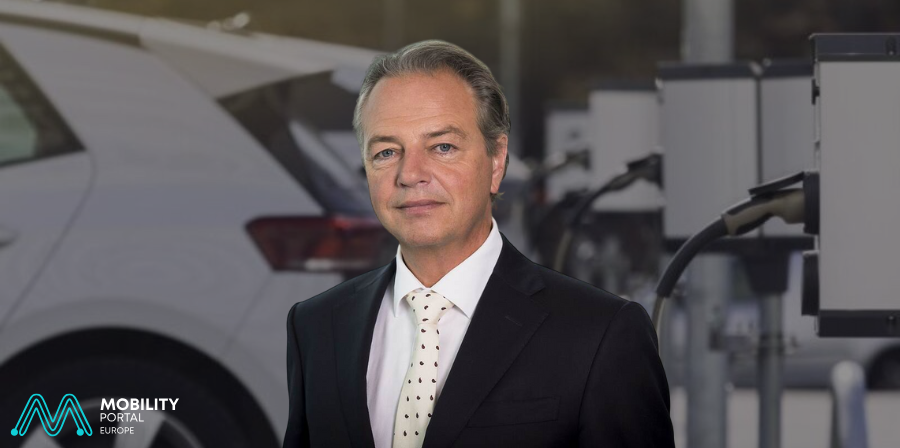In a context where numerous European nations continue to rely on incentives to sustain the demand for electric vehicles (EVs), the Netherlands progresses towards a subsidy-free transition.
According to official data, 10,174 EV registrations were recorded in February, representing an increase of 22.4% compared to the same month in 2024.
This growth positioned EVs as the second most popular propulsion option in the country, holding a market share of 36.6%, surpassed only by hybrid vehicles.
“This means that one in every three new vehicles in the Netherlands is electric,” states Crijn Bouman, CEO and co-founder of Rocsys, to Mobility Portal Europe.
The decision to abolish the subsidies was confirmed by the Netherlands Enterprise Agency (RVO) to Mobility Portal Europe, which affirmed that the scheme fulfilled its purpose: “To encourage more vehicle owners to switch to EVs.”
Thus, 2024 marked the definitive end of the subsidy programme for the acquisition of both new and second-hand vehicles, applicable to private individuals and companies alike.

In this regard, Bouman highlights: “Even without incentives, EVs are already sufficiently appealing.”
He further remarks: “Prices are dropping rapidly, making the market increasingly self-sustaining.”
According to the expert, one of the factors that favoured this situation was the high cost of fuel, driven by a fiscal policy that imposes levies on fossil-derived products.
“This causes the financial breakeven point of EVs to be reached swiftly, since, although electric vehicles may still cost between 10 and 20% more, their operational costs render them more profitable in the medium term,” he explains.
Since January 2025, the RVO introduced a reduced road tax for electric vehicles—set at 25% of the standard MRB—which will remain in effect until 2029.
Although the full exemption will be withdrawn in 2026, the aim is to prevent a detrimental impact on the competitiveness of the segment in comparison to combustion-engine vehicles.
Nevertheless, the BOVAG EV Market Monitor demonstrates that, despite an increase in the number of electric cars on the road, “private individuals are abandoning them due to growing uncertainty.”
While the overall EV market expanded, the share of private purchases declined: from 32 to 23% over eighteen months.
This growth was absorbed almost entirely by the corporate sector, where the proportion of EV sales rose from 34 to 53% in just two years.
According to their analysis, the reason for the decline in private demand is partly linked to uncertainty regarding charging tariffs and the lack of home-charging options.
“The reductions in the prices of new electric cars appear favourable, but they decrease residual values and cause hesitation among consumers,” they add.
This is compounded by a shift in the dynamics of the second-hand market: “80% of households purchase a used vehicle rather than a new one.”
In 2024, 85,000 used EVs were sold, 25,000 more than in 2023.
However, BOVAG warns that used electric vehicles are increasingly being transferred between dealers before finding a final buyer, and that uncertainty surrounding the fiscal framework beyond 2026 is hampering further purchasing decisions.
Meanwhile, the Dutch State maintains ambitious objectives.
In this regard, according to BOVAG, the government anticipates a further increase in EVs in 2025 and 2026.
Under the Climate Agreement and the Climate Act, the objective is to achieve a 55% reduction in greenhouse gas emissions by 2030.
The mobility sector has a specific target of a 37% reduction compared to 1990 levels.
In this context, the association stresses that predictability in public policy is essential.
“A predictable and balanced governmental policy is necessary to secure the participation of the private market and ensure the continued flow of EVs,” BOVAG indicates.
They conclude: “A clear multiannual trajectory for the gradual phase-out of incentive measures until 2030-2035 avoids uncertainty.”








